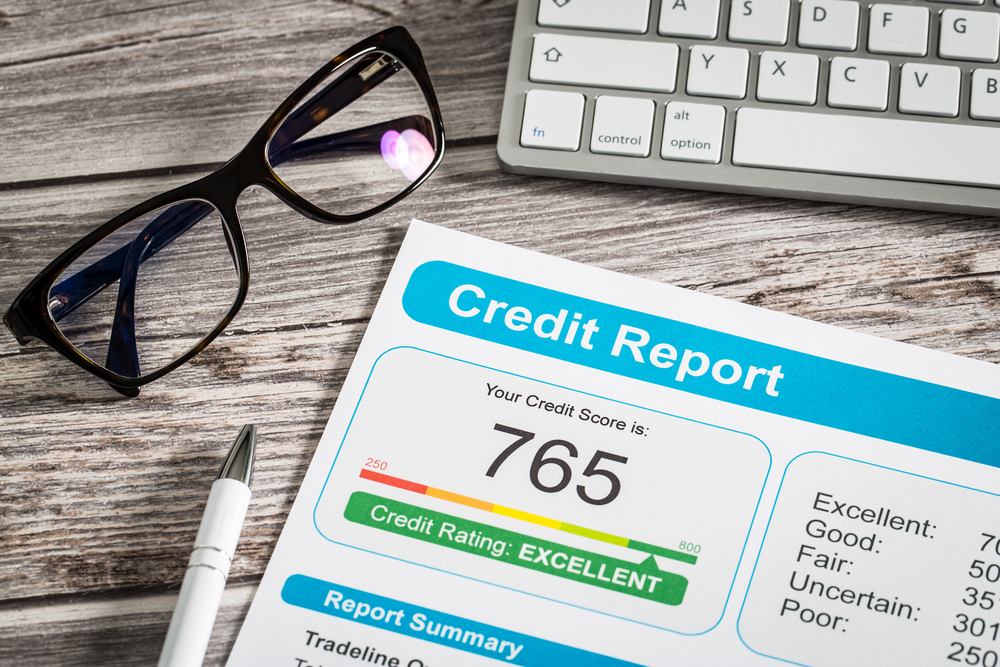Your credit score summarizes your perceived creditworthiness in a single number. FICO is the most popular credit score, with a numeric range from 350 (worst) to 850 (best). A good credit score and strong credit history gives you access to borrow money at a low interest rate. A bad score can mean you’ll pay high interest rates if you can get a loan at all.
Credit Catch 22
Credit is like a Catch 22: You need a history of responsible borrowing and paying money back to build your credit score to the point where you have access to credit cards and loans. But you’ll have trouble showing you are creditworthy if you can’t get credit to start with. To receive a FICO score, you need to open and maintain a credit account for at least six months, and the activity in the account must be reported to the three major credit bureaus: Experian, Equifax and TransUnion. So how do you get started?
Step 1: Check Your Credit History
If you’ve previously used credit, you’ll have a credit history report. You can get free copies from AnnualCreditReport.com. Check them over for errors, and if you find any, follow the credit bureaus’ procedures for correcting them. Removing bad information can boost your credit score right away.
Step 2: Obtain a Secured Credit Card
If you are starting from square one and have no credit score or history, you can still get a secured credit card that uses your bank account as collateral. For example, if you get a secured credit card with a $500 credit limit, you’ll have to keep at least $500 in your bank account at all times, to ensure you make your minimum payment each month. The secured credit card looks and acts like a regular one except for the collateral on deposit. Pick a card with no or a low annual fee and verify that the card reports all your transactions to the three credit bureaus – not all secured credit cards do this reporting. You should establish a record of on-time payments for at least six months before moving on to subsequent steps. Eventually, you’ll replace the secured credit card with an unsecured one.
Step 3: Get a Credit-Builder Loan
If you have access to a community bank or a credit union, apply for a credit-builder loan. As its name implies, the purpose of the loan is simply to build your credit. It works like this: You get an advance on a loan of, say, $500 to $1,500. The loan proceeds are deposited into a credit builder account, and you make monthly repayments. The funds are released once you repay the loan.
Step 4: Become an Authorized User
If a family member has a regular credit card and a good score, ask to become an authorized user on the account. As an authorized user, you can use the credit card just like the primary owner does, but you aren’t legally on the hook to repay your charges. However, always pay them anyway, especially if you want to preserve a good relationship with the primary card owner. Note that this strategy only works if the card reports the activity of the authorized user.
Step 5: Use a Co-Signer
You may be able to get a loan or credit card if you have a responsible individual co-sign. The co-signer is on the hook to make payments should you fail to do so, but you should never let that situation develop. Remember that if you pay late or miss a payment, it will reflect poorly on you and your co-signer. Eventually, you’ll be able to release the co-signer and the card will be solely your responsibility.
Practice Good Habits
Good credit habits can accelerate the building of your credit, but bad habits will cause your score to plummet. Good habits include paying all your bills on time (including non-credit bills, like those from a cable service or utility) and maintain a low credit utilization ratio (CUR), which is the ratio of credit used to credit available. You get the most benefit by keeping your CUR below 10 to 20 percent. Also, avoid opening many accounts at the same time, as that will lower the average age of your accounts and hurt your credit score. Don’t close accounts just because you don’t use them anymore, because that can hurt your CUR.
If you know and exercise your options, you can build your credit within six months to a year. The goal is to unlock credit on the best possible terms so that you are not paying unnecessary fees or high interest rates when applying for student loans, car loans or a mortgage. With an excellent credit rating, you can get the best-rewarding, lowest-interest loans and credit cards.
All posts are the opinion of the author. As such, they should not be construed as investment advice, nor do the opinions expressed necessarily reflect the views of MoneyIQ





